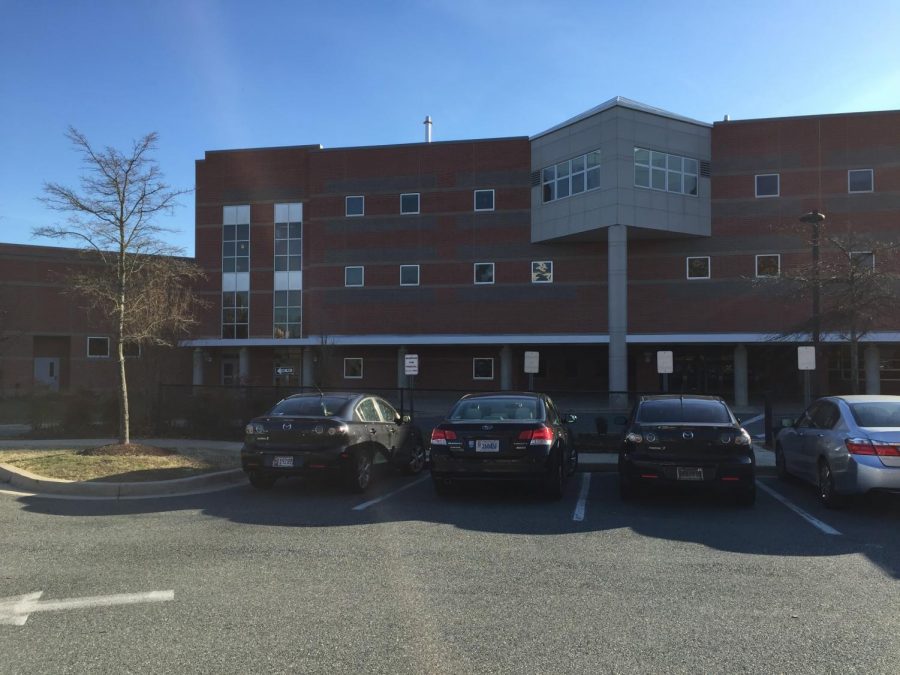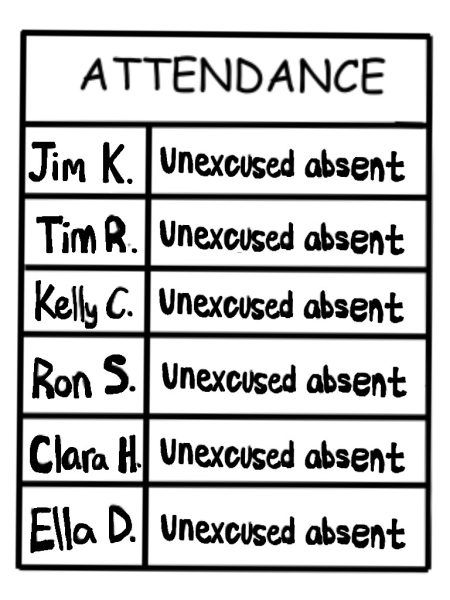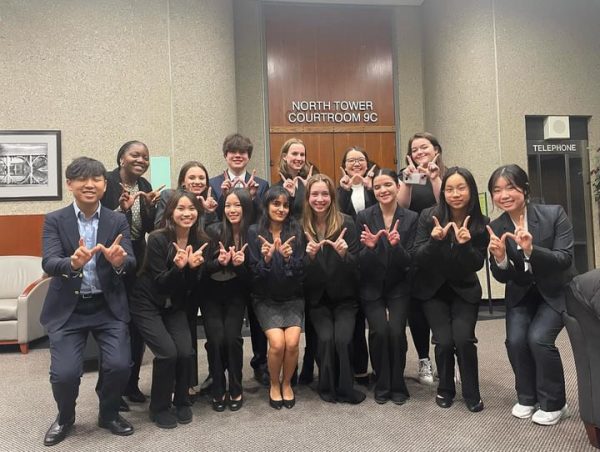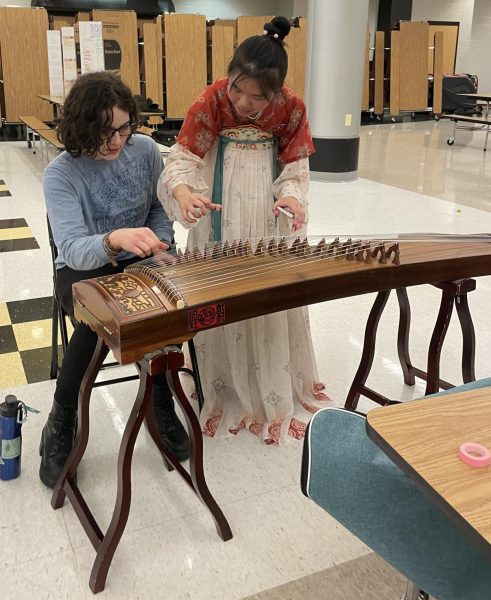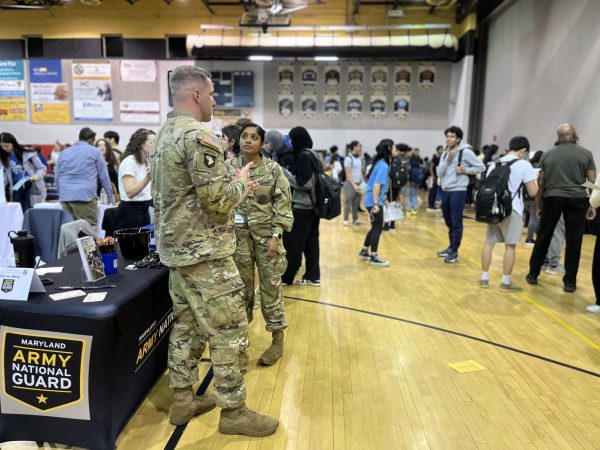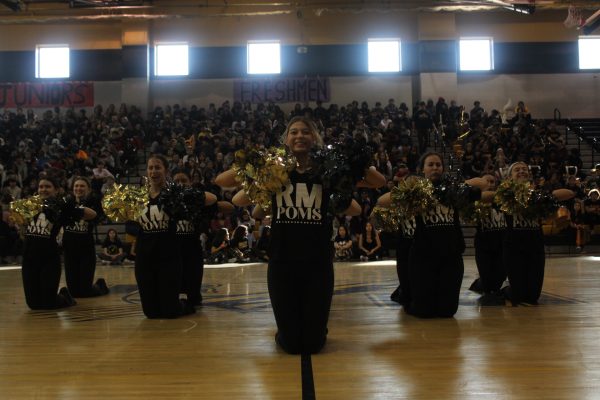Parking crisis continues to persist in the student lot
A number of parking spaces are reserved for staff members, but sometimes students park in them regardless.
With the end of first semester coming to a close, the rush to secure a parking permit for second semester has already begun among RM students. The shared student and staff parking lot, which houses approximately 60 student spaces, continues to be a center of conflict in RM’s driving community. Students who have parking permits are allowed to park in student spaces, yet there is still a great number of students who violate this rule: either students without permits who park in student or staff spaces, or students with permits who park in staff spaces if all of the student spaces are taken. Needless to say, parking continues to be a major issue for students and staff alike.
“Everyone feels bad [that] there are not enough parking spots,” head of security Dennis Whalen said. The portable classrooms at RM, which take up a significant portion of the parking lot, are a large part of the space issues. Currently, there are two portable classrooms that make up about 15-20 lost parking spaces, further limiting availability in the parking lot. With the increasing student population at RM, reliance on portable classrooms for extra teaching space will also increase, which could continue to reduce the number of available parking spots left.
In addition to the number of portables at RM, another factor that affects this issue is the lack of access to parking at Marlo Furniture. At the start of the school year, RM administration informed students that they were no longer able to park at Marlo due to a large amount of litter in the lot. Because of this loss, most students without parking permits normally occupy the parking zones along Fleet Street or the neighboring streets around and behind the school.
When you put stickers on people’s cars and they [then] overlook it, it’s almost like a slap in the face.
— Dennis Whalen
This still comes with challenges, though. Space on the streets is limited and cannot always accommodate all of the students that drive to school, and timing plays a large role in being able to find parking as well. “I have had trouble finding parking spots in the past because I would arrive at the parking area on Fleet Street around 7:15 and it was mostly full,” junior Jonathan Rosemond said.
Since the beginning of the school year, in addition to administering sticker warnings, RM security has enforced towing if a student parks where they are not supposed to. The typical procedure for a parking violation includes giving one sticker warning and then towing the vehicle if the student repeats that violation again. “We would give [students] one warning, and we would end up towing the vehicle after the first warning,” Mr. Whalen said. “Some vehicles actually [had] three warnings on the car before we actually got to the tow service.”
Despite multiple warnings, there are students who continue to disrespect the rules of the parking lot. “When you put stickers on people’s cars and they [then] overlook it, it’s almost like a slap in the face,” Mr. Whalen said. This procedure has already resulted in about 45 cars being stickered within the first few days of teacher complaints‒and counting.
However, RM is not the only high school in Montgomery County where students have trouble finding parking. “If you don’t have a [parking] space, you have to get there really early,” Winston Churchill High School junior Phoebe Chambers said. “People who live near the school will [also] rent out their driveways to students.”
Since Montgomery County, which is the largest county in Maryland, is home to over a million residents and 27 public high schools, it is not surprising that other schools have had issues with student parking. Like Churchill, the RM administration or community members nearby could consider providing additional parking alternatives to utilize more space around the school, but these solutions are few and far between due to Rockville’s highly condensed area of shops, businesses and restaurants.

Grace Burwell is thrilled to be one of the Tide's editors-in-chief for the 2020-21 school year. Before becoming an EIC, she served as the first-ever editor...


